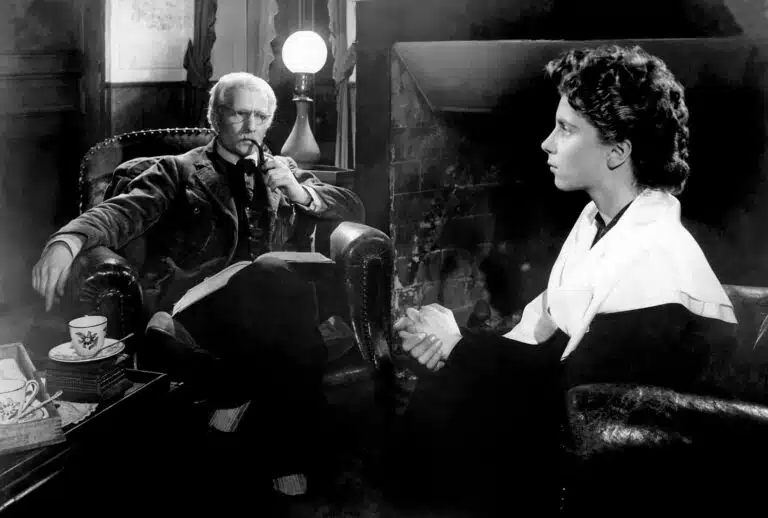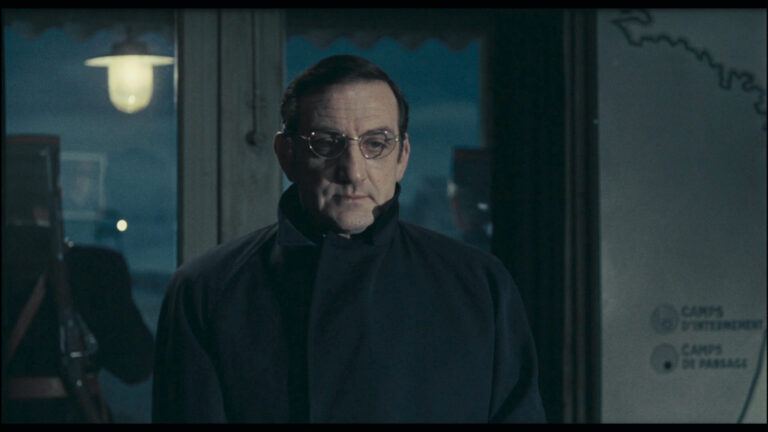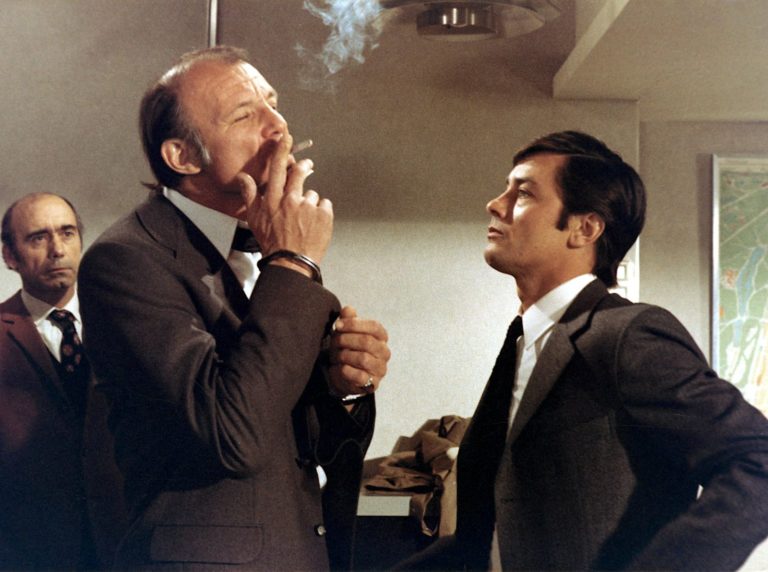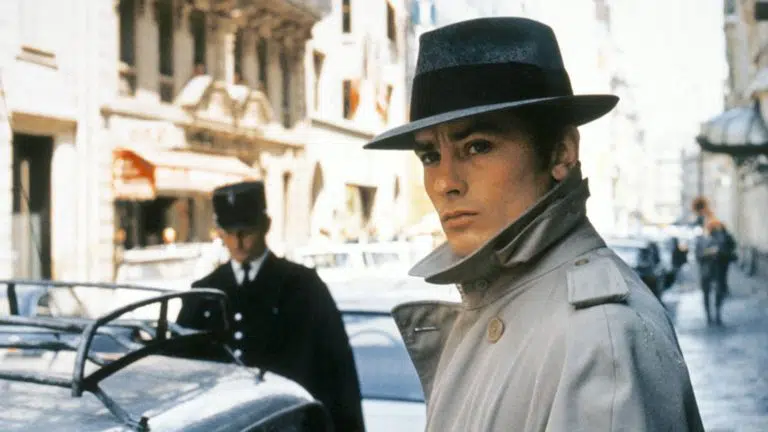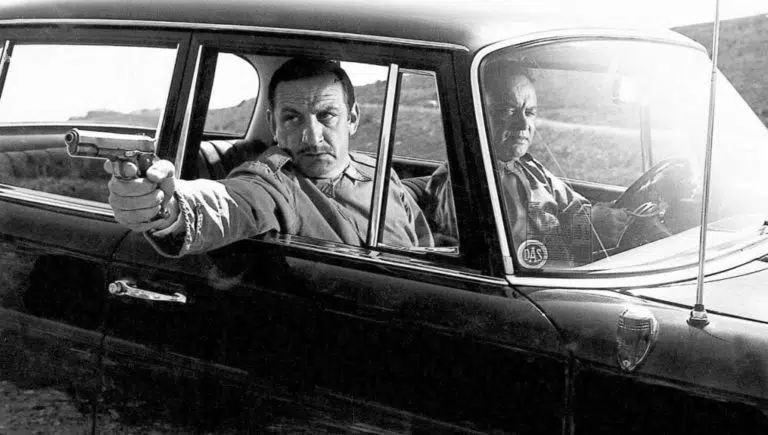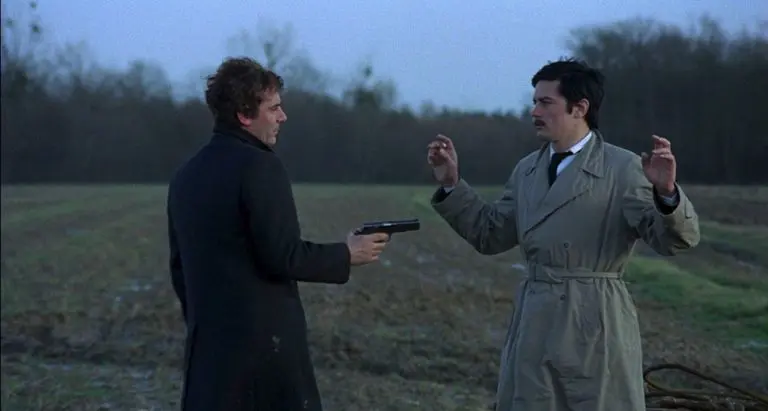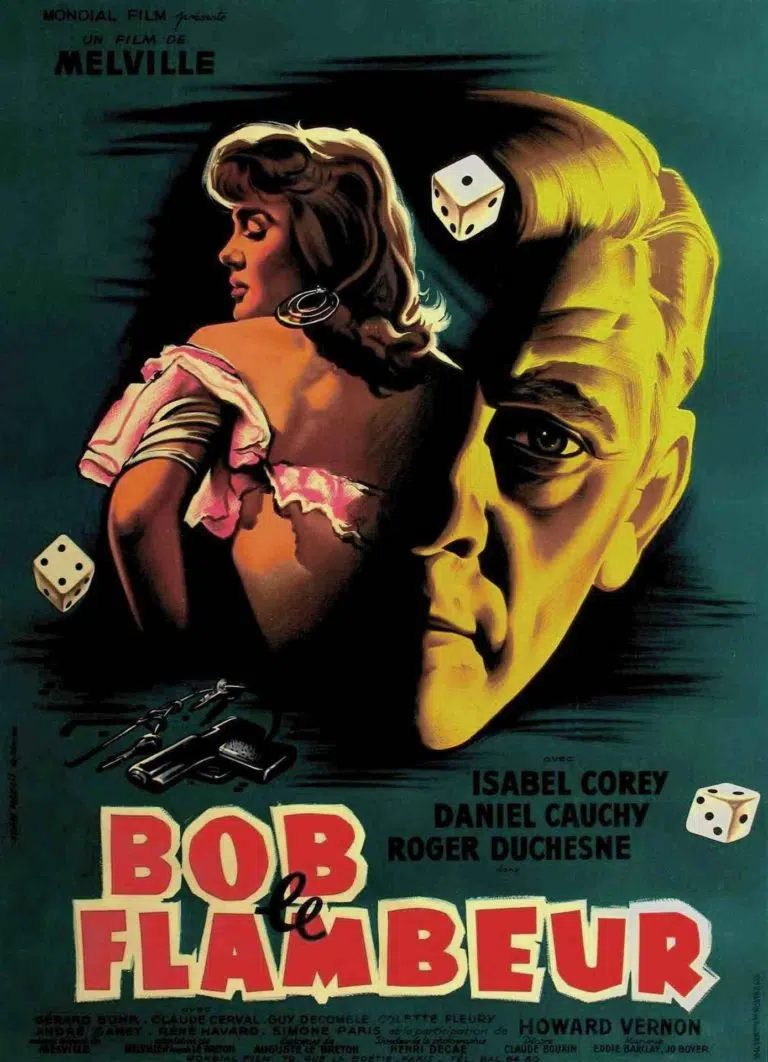La Silence de la Mer
With 1949’s La Silence de la Mer Jean-Pierre Melville got his shortish career off to the sort of start you might expect from a director who would go on to turn out one classic after another – Bob le Flambeur, Le Samouraï, Army of Shadows and A Cop to name but four. It is a classic in its own right and yet a strangely overlooked film, possibly because it doesn’t quite fit the Melville template. His films are generally centred on men’s men who abide by a strict code of honour and suffer when they break it. But dig not too far in and La Silence de la Mer also seems to be … Read more
